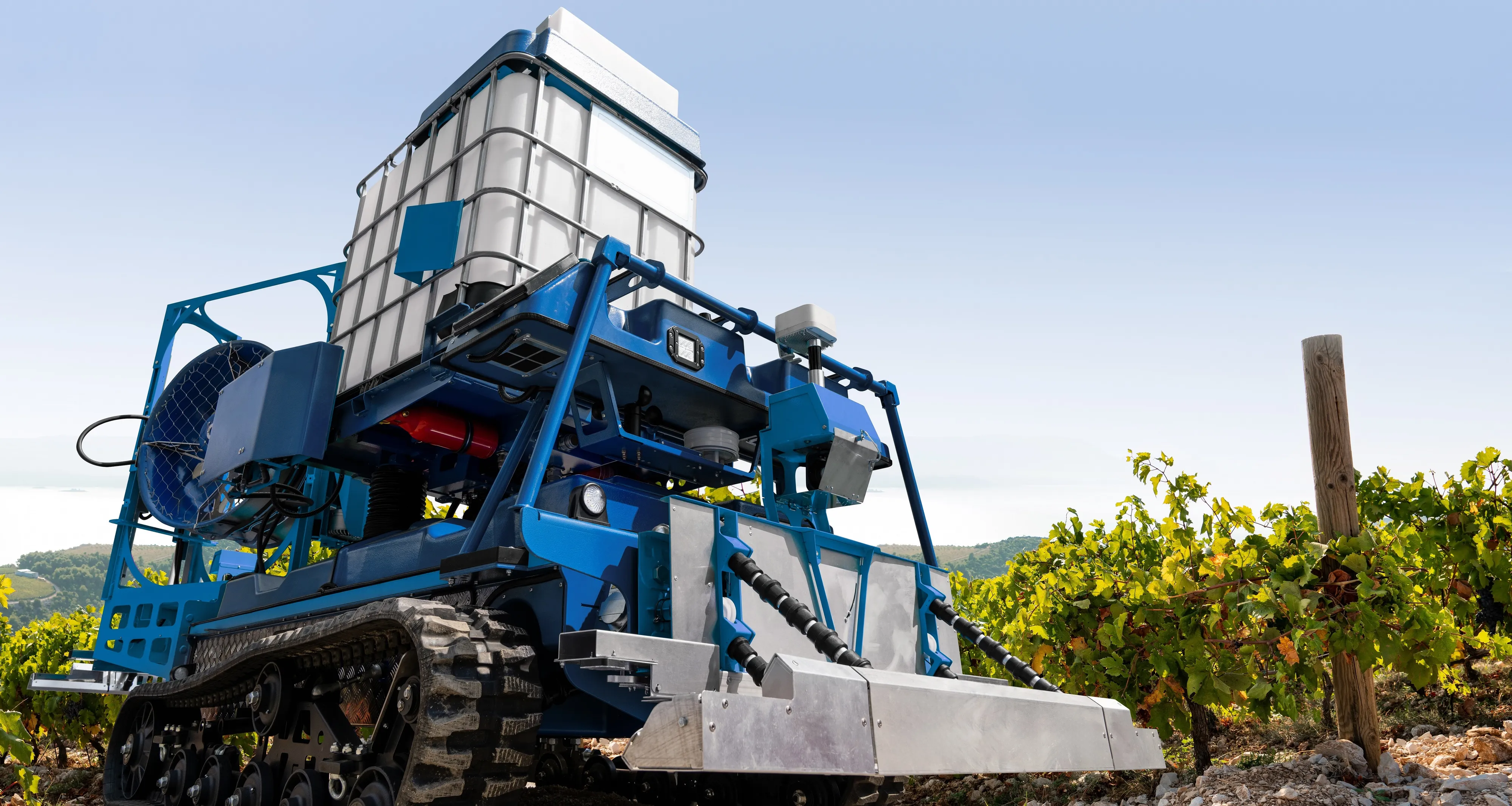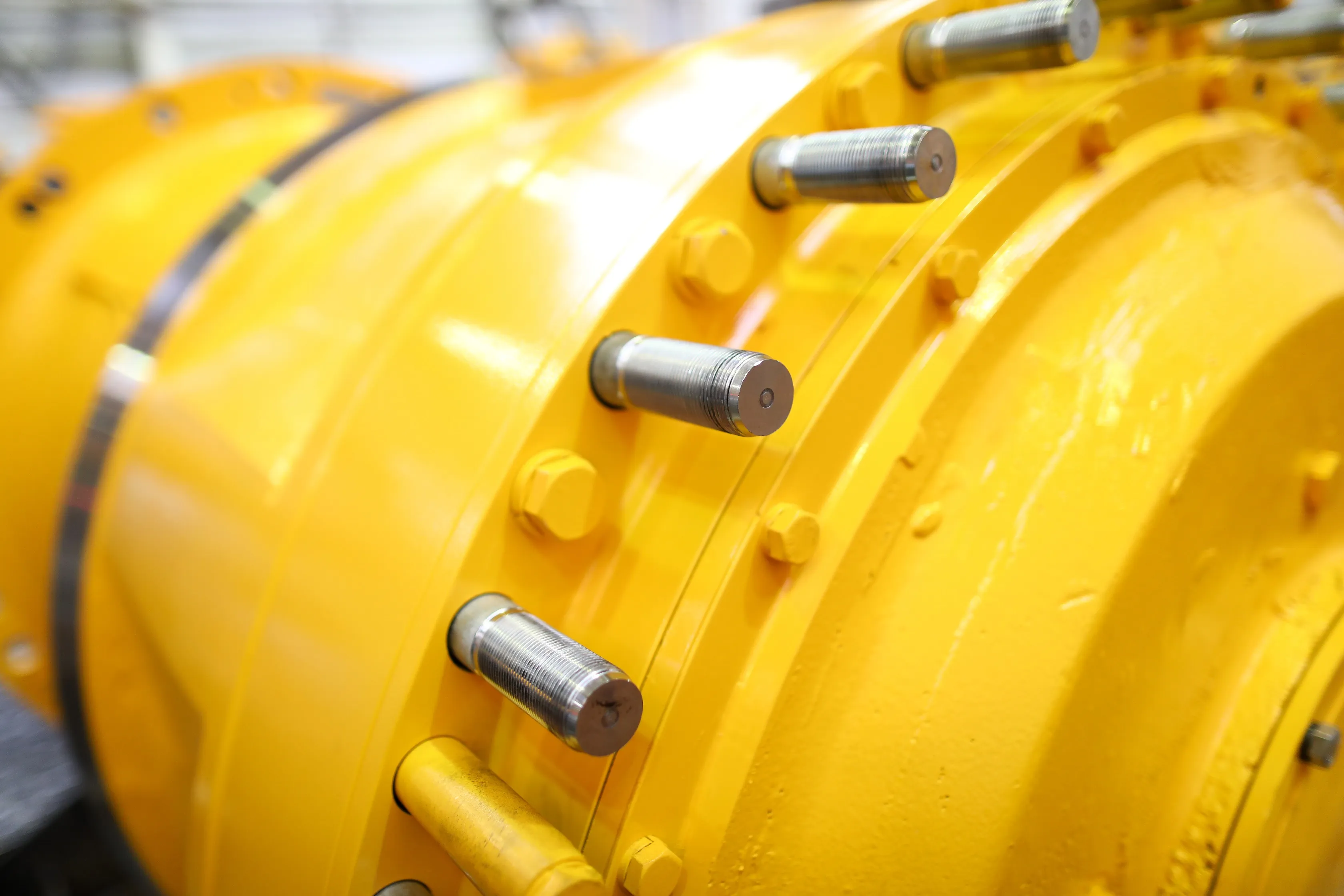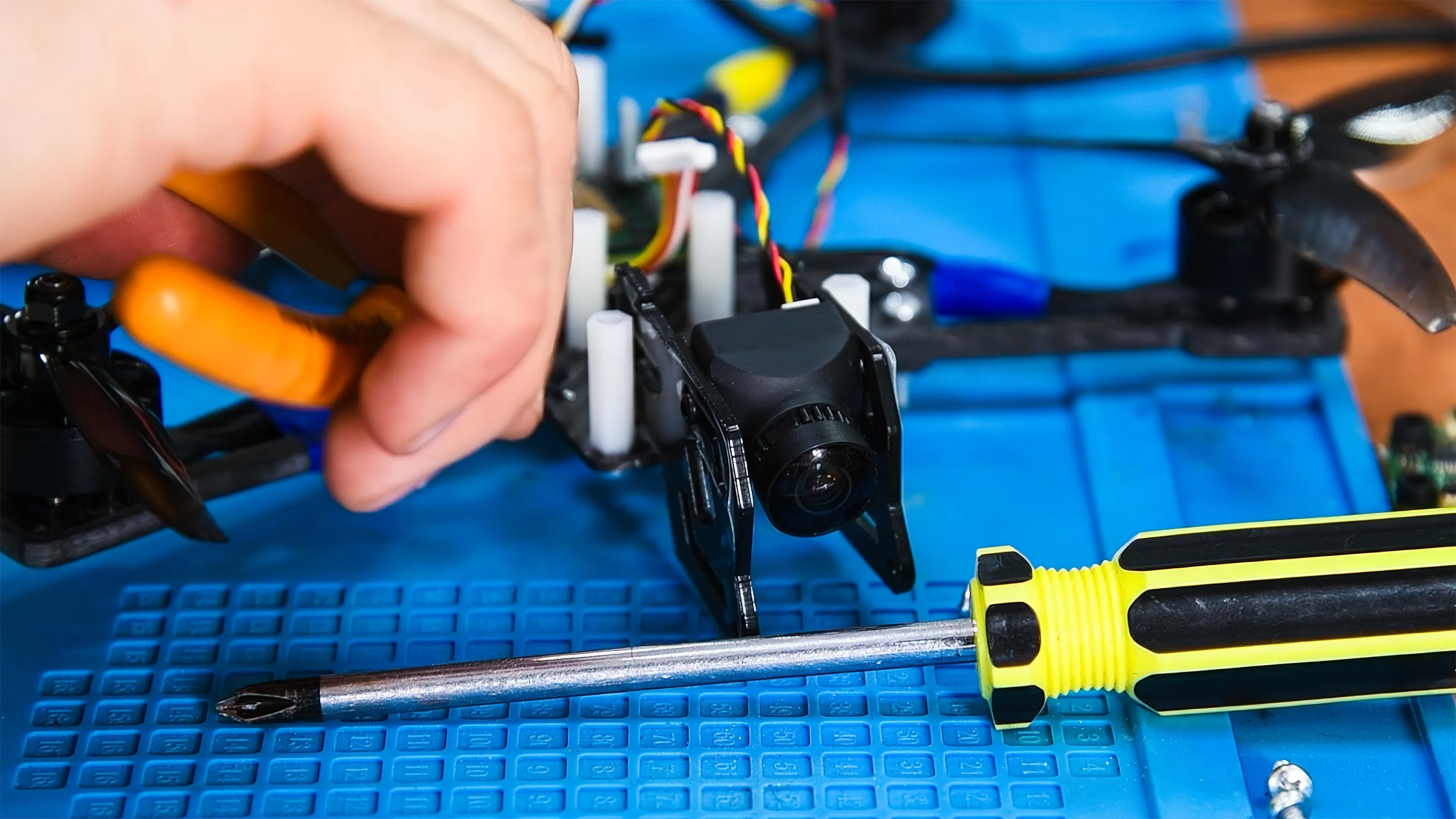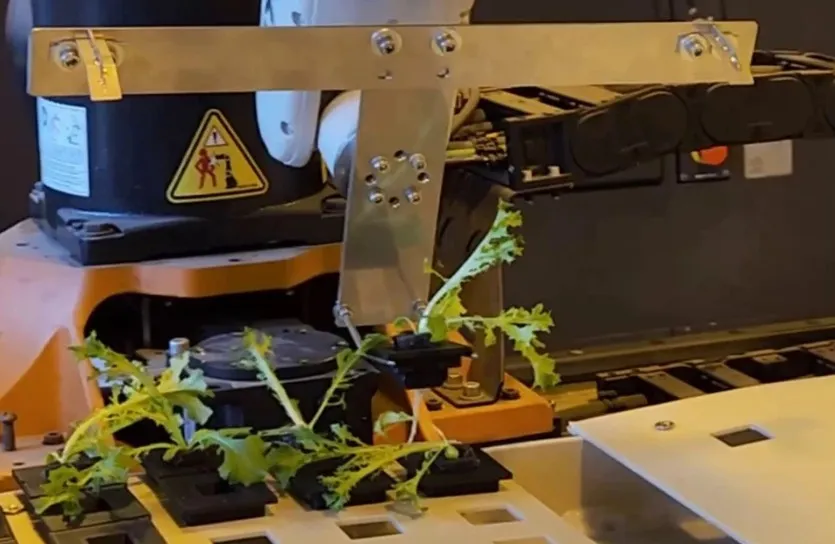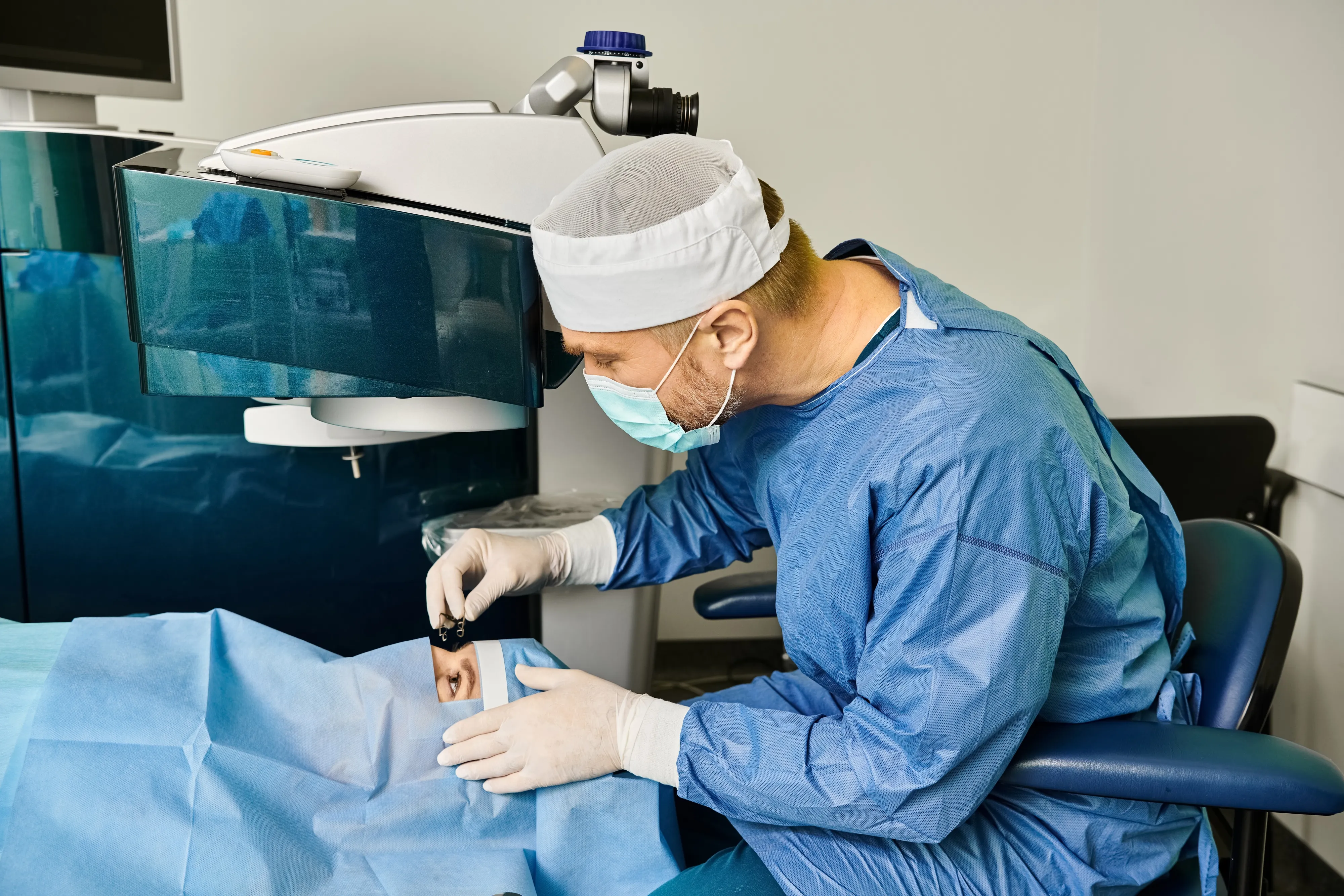Russian Scientists Develop Robots With a Human Sense of Touch
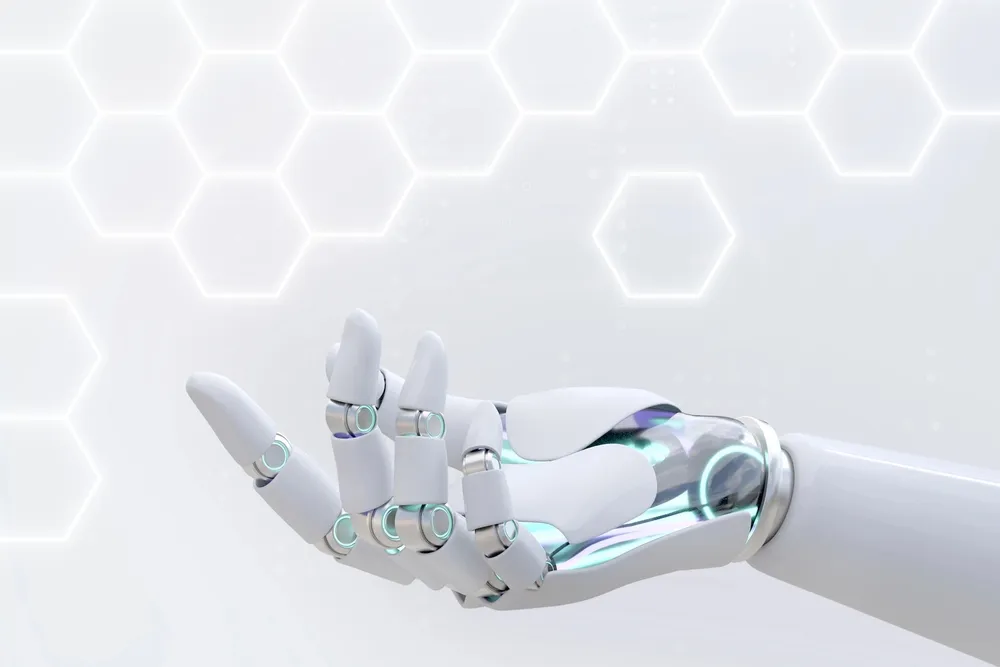
Neuromorphic chips let machines feel pressure, heat, and texture—paving the way for smarter rescue bots and lifelike prosthetics.
A research team at Southern Federal University in Russia has unveiled a new class of robots equipped with what might be described as "human-like senses." By harnessing neuromorphic technology—hardware designed to mimic the neural architecture of the human brain—these robots are able to process tactile information in ways that bring machines one step closer to human perception.
Vladimir Smirnov, head of the university’s Department of Radiotechnical Electronics, explains that the neuromorphic chips serve as a physical analog to neural networks. “They allow robots to analyze the environment almost like a human would,” he says. Unlike traditional sensors, these chips enable machines to assess an object’s hardness, temperature, and even consistency—just by touch.
The implications could be wide-ranging. Experts suggest that such sensory feedback systems could prove invaluable in disaster zones and other extreme environments, where robots must navigate unstable terrain or handle delicate materials with precision. Beyond search-and-rescue, the university says the technology opens the door to the next generation of bionic prosthetics—devices that don’t just move like natural limbs, but also sense the world in similar ways.
And while Russia’s global tech footprint has often been overshadowed by geopolitical tensions, the team sees this as a moment of opportunity. “Integrating these technologies will strengthen Russia’s position in the international market for advanced robotics,” the university notes in a statement.
As the boundaries between synthetic and biological systems continue to blur, projects like this underscore how much more our machines might soon be able to feel.






